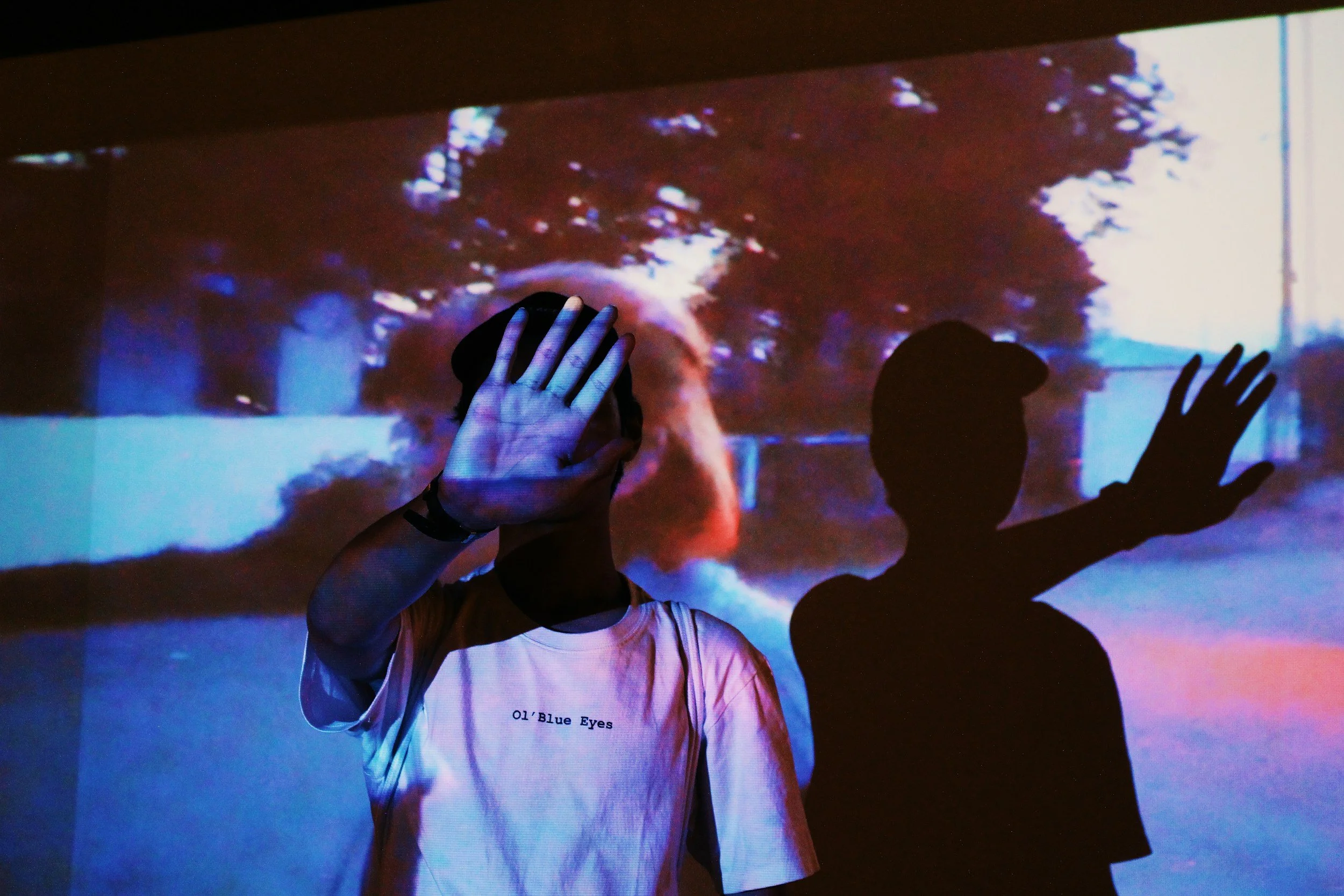The Projection Trap: How Our Filters Shape the Way We See Others
By Dr. Pia Fitzgerald, The Agile Leader Blog
The main person you’ll always have to lead is YOU.
We’ve talked about the mirror as a coach (Part 1) and laughed at the funhouse reflections leadership throws our way (Part 2). Now it’s time to get a little deeper because sometimes what we think we’re seeing in others isn’t them at all. It’s us.
That’s the tricky thing about projection: our filters, fears, and past experiences shape how we interpret what we see. Left unchecked, projection can distort reality and lead us to react to our own reflection instead of the real person in front of us—just ask a mother-in-law (but not mine, of course)😊 OOOWEEE!! But when we learn to catch it, we move from distortion to connection.
The Two-Way Mirror of Leadership
Projection is like looking through a two-way mirror. You’re observing your team, but what you “see” is influenced by your own reflection—your insecurities, your expectations, your history.
Let’s consider the following: a team member misses a deadline. One leader sees laziness. Another sees sabotage. A third sees someone drowning silently. Same behavior, three very different lenses. What you see says as much about you as it does about them.
And since leadership goes beyond a title—enabling you to lead from any position—let’s flip the lens. Say your Director seems to be avoiding you. What do you see?
One story might be: “They don’t value me.”
Another: “They’re hiding bad news.”
Or even: “They’re shutting me out on purpose.”
But maybe it’s none of those things. Perhaps they’re under pressure from above, juggling personal stress, or simply overloaded and unaware of how they’re coming across. The projection trap convinces you their behavior is about you, when in reality it may reveal more about your own fears of being dismissed, excluded, or left out.
The lesson: clarity starts when you pause to ask, “What part of this story is my projection AND what might be true beyond my lens?”
SEEN Reflection: Spot the Moment
Projection often shows up as reactions that feel bigger than the situation.
What just happened that triggered me more than it should have?
Examining the Inherited Lens
Much of what we project comes from “hand-me-down beliefs”—scripts we picked up from family, early bosses, or cultural conditioning.
Imagine you give feedback to a colleague, and they cross their arms.
You might instantly think: “They’re being defensive.”
But pause and ask: what else could be happening?
Maybe they’re cold.
Maybe they’re overwhelmed.
Maybe they’ve had negative feedback delivered harshly in the past and your words hit an old bruise.
Now flip it inward: if you grew up where criticism meant rejection, you may be interpreting their silence through that old lens. It’s not that your reaction is wrong, it’s that your history is coloring today’s picture.
The lesson: left unchecked, those inherited scripts can keep you reacting to yesterday instead of leading in the present. And this is where curiosity over criticism matters most—because criticism shuts down options, while curiosity opens the door to see the fuller picture.
SEEN Reflection: Examine the Lens
The story I’m telling myself may come from the past and not the present.
What fear, bias, or inherited belief might be shaping how I see this situation?
Expanding with Curiosity
Projection narrows vision. Curiosity widens it. And when criticism tries to creep in, curiosity is the antidote.
Consider this: your supervisor doesn’t acknowledge your contribution in a meeting.
Projection might say: “They don’t respect me.” Or “They’re taking credit for my work.”
But curiosity opens other doors: Could they have been distracted? Did they assume it was already clear who did the work? Or might they be focused on managing their own pressure and overlooked the chance to highlight you?
Curiosity doesn’t excuse bad behavior—it simply asks whether your first conclusion is the only one. By choosing curiosity over criticism, you shift from blame to understanding.
The lesson: curiosity interrupts the projection spiral and makes space for truth, empathy, and solutions.
SEEN Reflection: Expand with Curiosity
Curiosity breaks projection by presenting more than one possible interpretation.
How else could I see this moment and what other truths might exist here?
Navigating Towards Connection
The power of catching personal moments of projection is that it frees you to build connection. Once you recognize your own filters, you can respond to the person and NOT the projection.
Imagine this scenario: a peer doesn’t respond to your email for days. Projection might say: “They’re ignoring me.” But if you pause, acknowledge your story, and check in with curiosity, the conversation might sound like: “I wasn’t sure if my message reached you—did you have a chance to review it yet?”
Nine times out of ten, you’ll discover they were swamped, not spiteful. Imagine that???
The lesson: clarity plus curiosity builds trust, and connection always flows better than assumption or criticism.
SEEN Reflection: Navigate Next Steps
Healthy leadership replaces projection with presence and clarity.
What next step builds trust, connection, or clarity within this relationship?
From Projection to Connection
Projection convinces us we’re seeing others clearly, when really, we’re staring at our own filters. But when you apply SEEN, the fog clears. You stop reacting to the distortion and start responding to the real person in front of you.
Action Item: This week, catch yourself in one projection moment. Instead of reacting, pause and ask: “What might this be reflecting about me—and how can I see them more clearly?” Bless my pants by sharing in the comments your takeaway from this experience.
Next Up: Part 4: What the Mirror Doesn’t Show: Uncovering Hidden Patterns in Leadership. We’ll explore the invisible scripts and unconscious patterns that quietly drive leadership behavior until you learn to name and reframe them.












